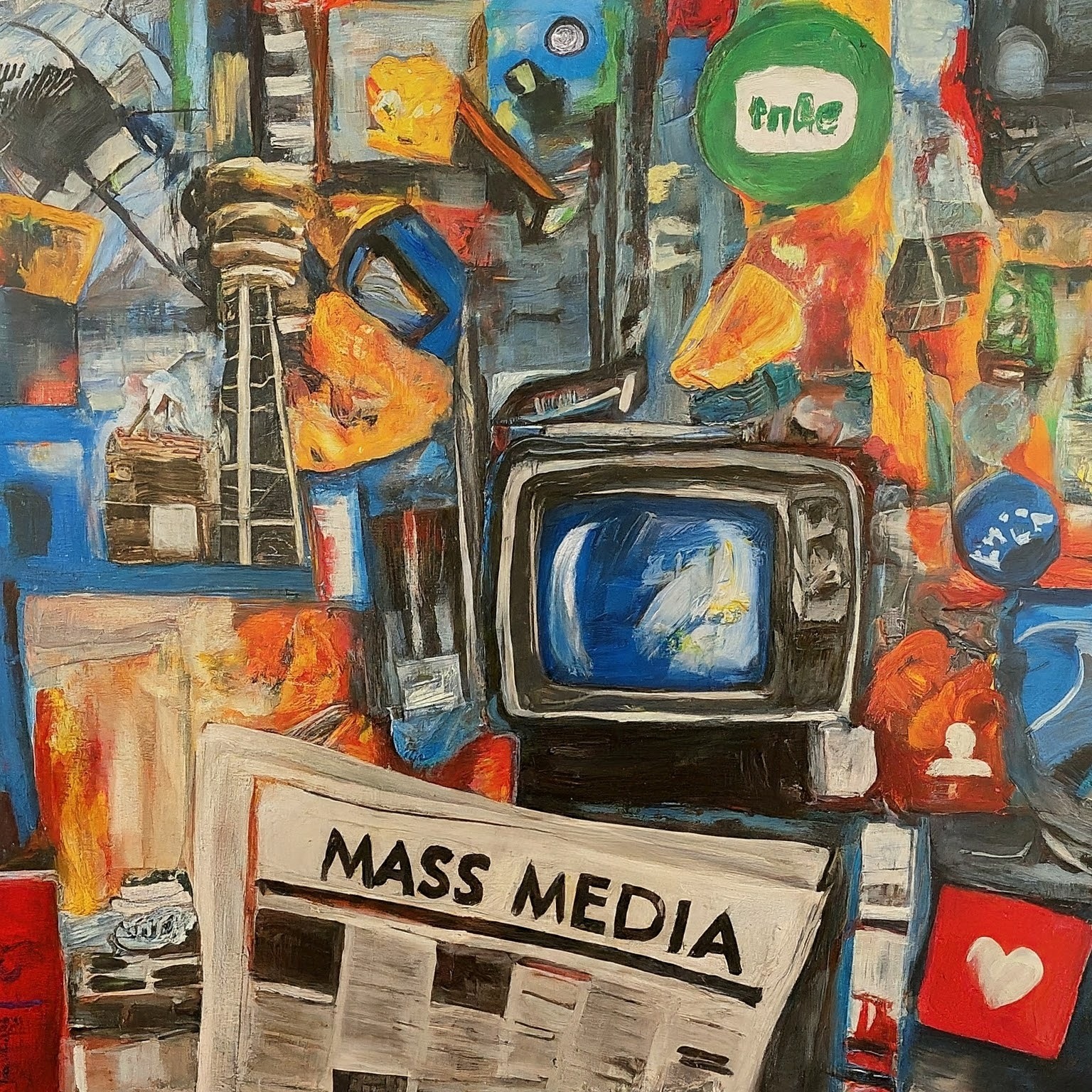

The landscape of mass media has undergone a dramatic shift in recent years. The rise of social media, streaming services, and on-demand content has fragmented audiences and challenged traditional media’s dominance. In this evolving environment, mass media companies are grappling with the question of how to regain their lost importance and traction.
Enter Artificial Intelligence (AI). This powerful technology presents a range of opportunities for mass media companies to reinvent themselves, engage audiences more effectively, and reclaim their rightful place in the information ecosystem. Let’s delve into how AI can revolutionize various aspects of mass media operations, ultimately helping them recapture their lost ground.
1. Personalized Content Curation and Delivery:
One of the biggest challenges faced by mass media today is the information overload audiences experience. AI can address this by leveraging its ability to analyze vast amounts of data and user behavior. This allows for:
- Recommending content: AI algorithms can personalize content recommendations for individual users based on their viewing history, demographics, interests, and preferences. This ensures that audiences discover content they’re genuinely interested in, increasing engagement and reducing churn.
- Dynamic content creation: AI can analyze audience preferences and trends to dynamically adjust content based on real-time feedback. This could involve tailoring headlines, adjusting video editing styles, or even personalizing news articles based on user location or interests.
2. Enhanced Storytelling and Audience Engagement:
AI can empower mass media to tell stories in more compelling and interactive ways, fostering deeper audience engagement. Some potential applications include:
- Interactive documentaries: AI can create interactive documentaries that allow viewers to explore different storylines, perspectives, and data visualizations based on their interests.
- AI-powered narration: AI can personalize narration styles and voices to cater to different demographics and preferences, making content more accessible and engaging.
- Chatbots and virtual assistants: AI-powered chatbots and virtual assistants can answer audience queries, provide personalized recommendations, and even engage in conversations, fostering a more interactive and immersive experience.
3. Streamlined Content Production and Operations:
AI can significantly improve efficiency and cost-effectiveness in various aspects of content production and operations, allowing mass media companies to:
- Automated content creation: AI can assist with tasks like generating captions, editing video footage, and transcribing audio, freeing up human resources for more creative endeavors.
- Smart scheduling and optimization: AI algorithms can analyze audience data and predict content performance, enabling better scheduling of content releases and optimizing distribution strategies for maximum reach and engagement.
- Personalized advertising: AI can personalize advertising campaigns by targeting specific audience segments with relevant messages, leading to increased effectiveness and revenue generation
4. Combating Misinformation and Promoting Trust:
The spread of misinformation and fake news poses a significant challenge to the credibility of mass media. AI can be harnessed to:
- Fact-checking and verification: AI-powered tools can analyze content and identify potential misinformation based on factual inconsistencies, language patterns, and source credibility.
- Personalized debunking: AI can personalize debunking messages to resonate with specific audience segments, effectively countering the spread of misinformation and promoting trust in reliable sources.
- Transparency and accountability: AI can be used to provide transparent explanations for content recommendations and editorial decisions, fostering trust and building stronger relationships with audiences.
5. Embracing New Frontiers: AI-powered Media Experiences:
AI opens doors to entirely new possibilities in the realm of media experiences. Imagine:
- Immersive storytelling: AI can power virtual reality and augmented reality experiences that allow audiences to step into the heart of stories and engage with them in an entirely new way.
- Personalized news experiences: AI can curate personalized news feeds that present information based on individual preferences, ensuring audiences receive relevant and trustworthy news updates.
- AI-powered journalism: AI can assist journalists in research, data analysis, and even generating factual reports based on verified information, streamlining the newsgathering process and enhancing news accuracy.
Challenges and Considerations:
While AI presents immense potential for mass media, it’s crucial to acknowledge the challenges and ethical considerations involved:
- Bias and fairness: AI algorithms can perpetuate existing biases if not carefully designed and monitored. Ensuring fairness and inclusivity in AI-powered media systems is paramount.
- Transparency and explainability: It’s essential for audiences to understand how AI influences content creation and recommendations. Transparency in AI decision-making builds trust and fosters responsible use of technology.
- Human oversight and collaboration: AI should not replace human judgment and creativity in media. Instead, it should be seen as a powerful tool to augment human capabilities and
